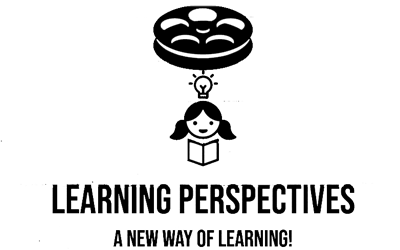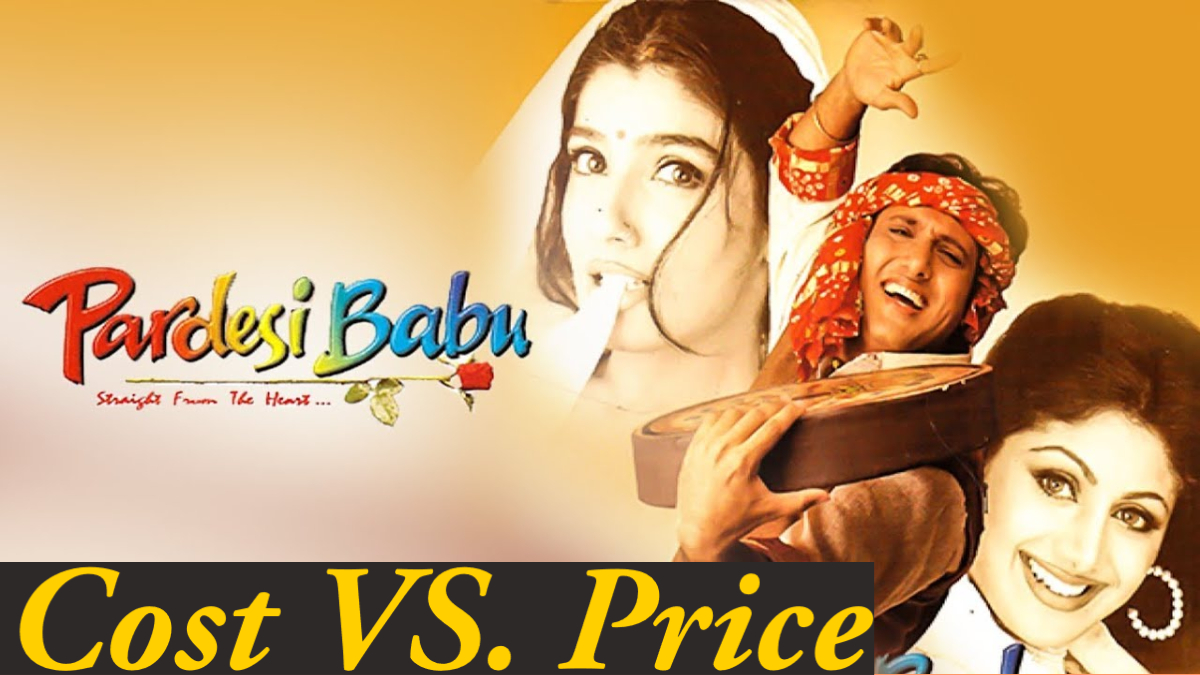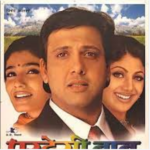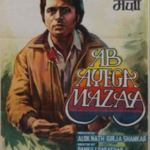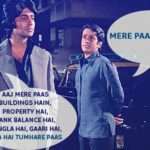Movie Case Study
The scene shows a conversation between Raju (played by Govinda) and the Scientist. Raju along with the scientist created a special tea. This tea does not have demand in the market. This is because tea is highly priced and no one is ready to purchase it. The Scientist advises him to purchase the tea garden and a factory on lease. This would significantly reduce the cost of the tea.
In this blog, Learning Perspectives will explore the meaning of cost vs. price.
What is Cost vs. Price?
The price of the goods or services is determined by the seller. The seller has the right to fix the price as they are the ones producing it. Cost is the expense incurred in making or manufacturing the product. Similar to the scene that you saw, the cost incurred for selling this tea is buying the tea from the market, then the process of taking caffeine out of the tea, and then packaging it. Hence, the cost of tea is higher.
However, the value of the product is determined by the buyer as the buyer has the right to purchase the product.
Understand with an Example:
An example to understand this would be, A teen wouldn’t see value in gold or diamond while a young girl who is thinking of marriage may be fascinated by the jewel. Hence, a consumer finds value in the things they want to purchase. When a consumer sees value in a product and they feel it is greater than the price, they purchase the product or the service offered. Hence, sometimes value can be considered emotional.
When comparing prices, factors such as cost and price should be compared. Therefore, understanding the relationship between cost and price helps in determining the optimal pricing strategy.
Can the Price of the same product be different at different places?
Think of packaged mineral water bottles (Bisleri, Aquafina, etc.). You must have seen the price of this bottle differs in movie theatres, local shops, or hill stations. What causes the price difference? Local shops are located at convenient places which drives the demand up. While at the movie theatre, the bottle is highly priced because the theatre has a monopoly as one cannot carry their own water. Also, if one is thirsty, a consumer would have to purchase a water bottle.
Businesses expect a high return on investment (ROI). Businesses understand high risk means high return. Hence, when deciding the price of the product, profit is added. Profit is determined through many factors. Risk is a big factor for the entrepreneur.
The price of a product includes the cost and profit that the company wants to make. Let’s understand this with an example. Assume company A manufactures a bar of soap and the total cost to make one soap stands at Rs. 10. Now, the manufacturer sells this soap to a retailer for Rs. 20 (10+10). Making Rs. 10 profit in the process. It finally reaches the customer for Rs. 30 (20+10) after the retailer has charged Rs. 10.
If the company sells a service, it would include profit in the price too. Cost can be determined by the time spent or the research done and labor for the service. Profit percentage can range from 5% to anywhere between 80%. Also, comparing it later with the competitor’s price helps in reaching an optimal price. A business must know how to lower its costs enough to remain profitable while remaining competitive with other sellers of goods and services.
